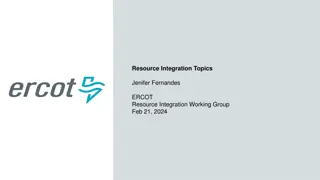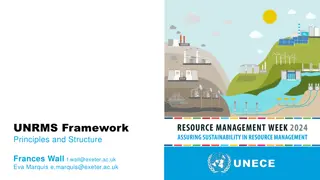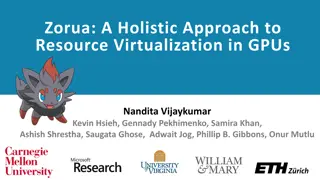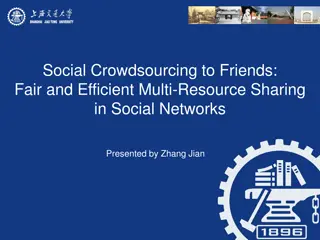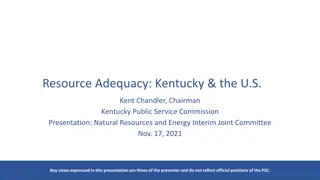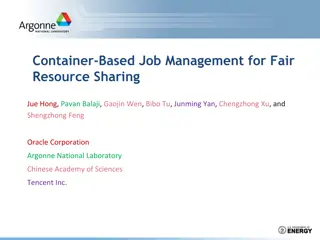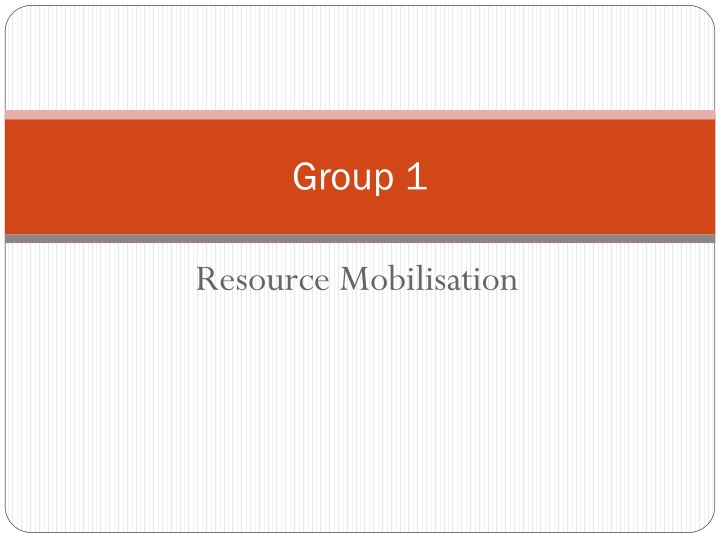
Resource Mobilisation Implications and Funding Strategies for Health Insurance Packages
Explore the resource mobilisation implications based on NHA data such as low per capita expenditure and high out-of-pocket payments, and discover funding strategies for the National Minimum Health Care package, including broadening funding sources, advocating for additional taxes, and involving third-party contributions for a fair and equitable mobilisation process.
Download Presentation

Please find below an Image/Link to download the presentation.
The content on the website is provided AS IS for your information and personal use only. It may not be sold, licensed, or shared on other websites without obtaining consent from the author. If you encounter any issues during the download, it is possible that the publisher has removed the file from their server.
You are allowed to download the files provided on this website for personal or commercial use, subject to the condition that they are used lawfully. All files are the property of their respective owners.
The content on the website is provided AS IS for your information and personal use only. It may not be sold, licensed, or shared on other websites without obtaining consent from the author.
E N D
Presentation Transcript
Group 1 Resource Mobilisation
Based on the NHA data what are the resource mobilisation implications. Low Per capita expenditure (Cost of minimum package inadequate package) 1. High out of pocket payments 2. High proportion of house holds contributions 3. Significant proportion by donor 4.
How should the NMHC package be How should the NMHC package be financed? financed? Broaden funding sources Health Insurance/ pre-payment schemes ( community, private and social health insurance) Advocate for additional funding from taxes such as ear marked taxes sin taxes (e.g. alcohol, cigarettes etc.) Donor funding to continue but with proper targeting/priotisation. Third party insurance contributions: improve contributions from claims User fees ( private wings or all wings)
How should the NMHC package be How should the NMHC package be financed?...2 financed?...2 NSSF contributes to include medical insurance (libralisation of the pension fund using national ID system). Up coming pension fund for public servants 5% how about a fraction from this going for health insurance? Fundraising e.g. from churches, mosques direct or mobilisation for schemes.
How do we ensure a fair and equitable way of How do we ensure a fair and equitable way of mobilising mobilising resources based on ability to pay? resources based on ability to pay? Government financial contributions towards Abuja declaration to 15% User fee for persons who want to have specialist medical care Extra sin tax proportion on un healthy foods, junk foods, unhealthy items sweet/sugar items such % for health Indirect taxes exercise duty a proportion goes to health Compulsory contributory schemes ( percentages of income) Informal sector contributions/community HI) Contributions from Public Health Act penalties Fundraising voluntarily from various sources e.g. churches mosques to support health services, marathons rally.
In your perspective, is the mandatory In your perspective, is the mandatory premium contribution feasible for Uganda? premium contribution feasible for Uganda? Yes For salaried group (private and public sector) Informal sector difficult and costly. But if identified they should be taken on board This can be done through (URA, Local Govts. KCCA) Contributions based on levels of wealth/income




